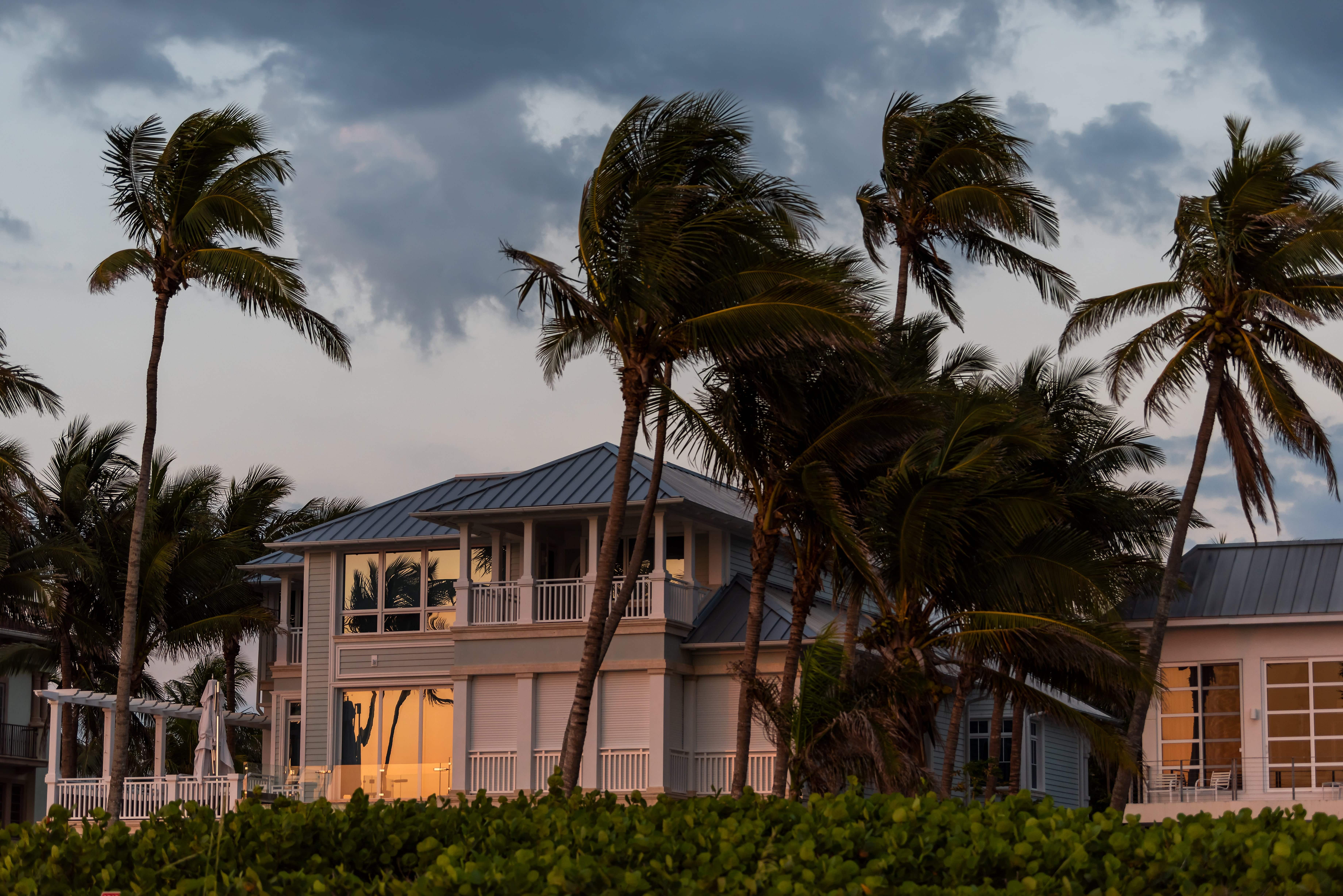Home insurance demystified
48% of US homeowners shy away from these disaster-prone states
Extreme weather is reshaping where Americans want to live: Nearly three out of 10 would avoid purchasing a home in Florida or California due to disaster risks.
Read this post-
Home warranty vs. home insurance
Learn about the differences between a home warranty and home insurance, including what's covered, what's excluded, and which one you need.
-
Does home insurance go up after a claim?
Home insurance premiums often go up after filing a claim, but there are limits based on state law and your personal claims history.
-
Does home insurance cover appliances?
Home insurance may cover appliances under certain circumstances, such as theft or a fire, but not every incident will be covered.
-
How is home insurance paid?
Home insurance premiums are usually paid through an escrow account, or directly to the insurer by the homeowners.
-
What’s the difference between hazard insurance and home insurance?
We take a closer look at hazard insurance and home insurance so you can be sure you have the right coverage for your property.
-
Does home insurance cover slab leaks?
When does home insurance cover slab leaks? Find out from Kin Insurance.
-
What is equipment breakdown coverage?
Equipment breakdown coverage can provide extra protection for your home’s appliances and systems. Learn more about what’s covered and when.
-
When to get homeowners insurance
Homeowners insurance is essential to protect your home and belongings from unexpected events. Find out when you should get coverage.
-
The ultimate guide to filing a roof damage insurance claim: When and how to file
This guide can help you understand what is and isn't covered when your roof is damaged.











